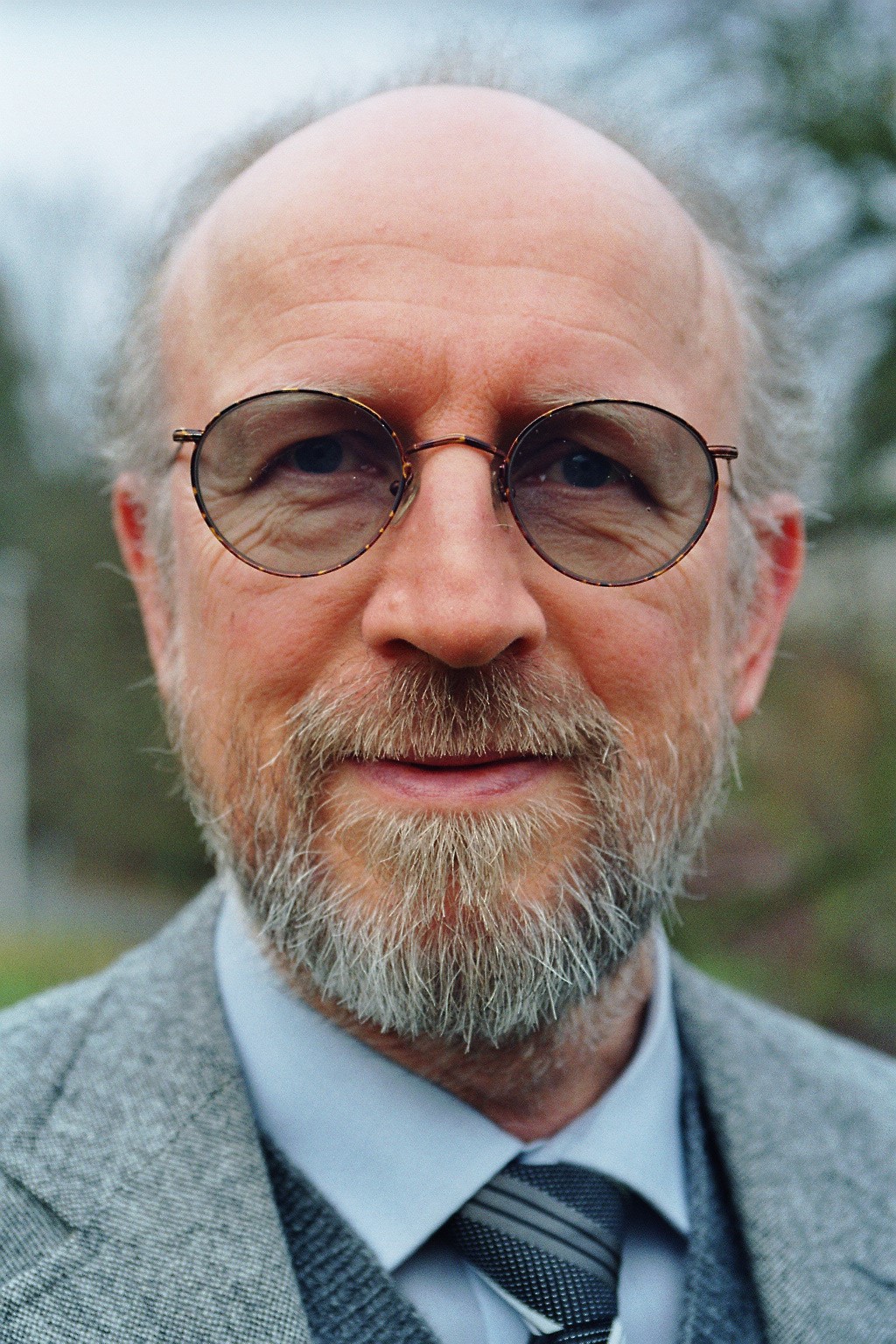Team:Marburg/Human Practice/Talk of Peter Hermentin
From 2013.igem.org
m |
|||
| (8 intermediate revisions not shown) | |||
| Line 1: | Line 1: | ||
{{:Team:Marburg/Template:Header}} | {{:Team:Marburg/Template:Header}} | ||
| - | {{:Team:Marburg/Template: | + | {{:Team:Marburg/Template:ContentTitleNav}} |
| - | Talk of Peter Hermentin | + | Talk of Peter Hermentin <html><a href="https://2013.igem.org/Team:Marburg/Human_Practice/Bioethics"><img src="https://static.igem.org/mediawiki/2013/7/71/Mr-igem-next-arrow.png" style="float:right;margin-left:5px !important;" alt="Next"></a> <a href="https://2013.igem.org/Team:Marburg/Human_Practice:Students"><img src="https://static.igem.org/mediawiki/2013/1/13/Mr-igem-previous-arrow.png" alt="Previous" style="float:right;"></a></html> |
| - | {{:Team:Marburg/Template: | + | {{:Team:Marburg/Template:ContentStartHPNav}}[[File:Dr. Peter Hermentin.jpg|150px|thumb|right]]On the 23th of July, the iGEM Marburg got the opportunity to attend a lecture of Dr. Peter Hermentin, a former inventor at Behringwerke AG in Marburg. In his short introduction he pointed out differences between diagnostic and therapeutic antibodies. Whereas diagnostic antibodies are comparatively cheap and usually free of any patents, therapeutic antibodies are quite expensive and, in most cases, patent-protected. Following this, he gave us some general information concerning the principles of operation and application of therapeutic antibodies, e.g. that therapeutic effects are generated in the Fc-Region of the antibody. As an example of use, he taught us the antibody-labeling of tumor cells. This targeting of tumor antigens may lead to cross-links between antigens followed by apoptosis of tumor cells. Other consequences might be the attraction of macrophages und native killer cells and the creation of contact points for the complement system which is part of our immune system. |
| + | The accurate effectiveness of an antibody depends on its glycosylation pattern whereupon the core region may appear similar to: | ||
| - | |||
| - | |||
<html> | <html> | ||
</p> | </p> | ||
| - | <div style="float:left;width: | + | <div style="float:left;width:45%;"> |
<img src="https://static.igem.org/mediawiki/2013/8/8c/Mr-formel.png" alt="" style="border:1px solid #555!important;" /> | <img src="https://static.igem.org/mediawiki/2013/8/8c/Mr-formel.png" alt="" style="border:1px solid #555!important;" /> | ||
</div> | </div> | ||
| - | <div style="float:right;width: | + | <div style="float:right;width:55%;"> |
M: D-Mannose<br /> | M: D-Mannose<br /> | ||
N: N-Acetyl-D-glucosamine<br /> | N: N-Acetyl-D-glucosamine<br /> | ||
| Line 19: | Line 18: | ||
<p></html> | <p></html> | ||
As a general problem regarding the antibody production in non-mammals like plants and especially microalgae Mr Hermentin advised us of different glycosyltransferases used in this species that create glycosylation patterns that are not biocompatible to humans. | As a general problem regarding the antibody production in non-mammals like plants and especially microalgae Mr Hermentin advised us of different glycosyltransferases used in this species that create glycosylation patterns that are not biocompatible to humans. | ||
| - | |||
To accomplish his lecture, he presented a possibility to avoid this problem in our organism ''Phaeodactylum tricornutum''. Interestingly, PHAECTORY provides all enzymes required for | To accomplish his lecture, he presented a possibility to avoid this problem in our organism ''Phaeodactylum tricornutum''. Interestingly, PHAECTORY provides all enzymes required for | ||
N-Glycan biosynthesis in its ER and Golgi complex. Additionally, ''P. tricornutum'' is capable to build high-mannose structures. Unfortunately, the organism uses two glycosyltransferases, α(1,3)-Fucosyltransferase and β(1,2)-Xyloysltransferase, that are not compatible to humans. This means that the production of therapeutic antibodies in ''P. tricornutum'' for human application demands the knockout of these two genes. | N-Glycan biosynthesis in its ER and Golgi complex. Additionally, ''P. tricornutum'' is capable to build high-mannose structures. Unfortunately, the organism uses two glycosyltransferases, α(1,3)-Fucosyltransferase and β(1,2)-Xyloysltransferase, that are not compatible to humans. This means that the production of therapeutic antibodies in ''P. tricornutum'' for human application demands the knockout of these two genes. | ||
| Line 28: | Line 26: | ||
[2] Bowler C, Allen AE, Badger JH, Grimwood J, Jabbari K, Kuo A, et al. The Phaeodactylum genome reveals the evolutionary history of diatom genomes. Nature. 2008, 456(7219), 239-44. | [2] Bowler C, Allen AE, Badger JH, Grimwood J, Jabbari K, Kuo A, et al. The Phaeodactylum genome reveals the evolutionary history of diatom genomes. Nature. 2008, 456(7219), 239-44. | ||
| - | {{:Team:Marburg/Template: | + | {{:Team:Marburg/Template:ContentEndNav}} |
{{:Team:Marburg/Template:Footer}} | {{:Team:Marburg/Template:Footer}} | ||
Latest revision as of 11:34, 27 October 2013
Talk of Peter Hermentin 

The accurate effectiveness of an antibody depends on its glycosylation pattern whereupon the core region may appear similar to:

N: N-Acetyl-D-glucosamine
[Fuc]:Fucose
As a general problem regarding the antibody production in non-mammals like plants and especially microalgae Mr Hermentin advised us of different glycosyltransferases used in this species that create glycosylation patterns that are not biocompatible to humans. To accomplish his lecture, he presented a possibility to avoid this problem in our organism Phaeodactylum tricornutum. Interestingly, PHAECTORY provides all enzymes required for N-Glycan biosynthesis in its ER and Golgi complex. Additionally, P. tricornutum is capable to build high-mannose structures. Unfortunately, the organism uses two glycosyltransferases, α(1,3)-Fucosyltransferase and β(1,2)-Xyloysltransferase, that are not compatible to humans. This means that the production of therapeutic antibodies in P. tricornutum for human application demands the knockout of these two genes.
For further information check out these two articles:
[1] Baiet B, Burel C, Saint-Jean B, Louvet R, Menu-Bouaouiche L, Kiefer-Meyer MC, et al. N-glycans of Phaeodactylum tricornutum diatom and functional characterization of its N-acetylglucosaminyltransferase I enzyme. J Biol Chem. 2011, 286(8), 6152-64.
[2] Bowler C, Allen AE, Badger JH, Grimwood J, Jabbari K, Kuo A, et al. The Phaeodactylum genome reveals the evolutionary history of diatom genomes. Nature. 2008, 456(7219), 239-44.
 "
"





